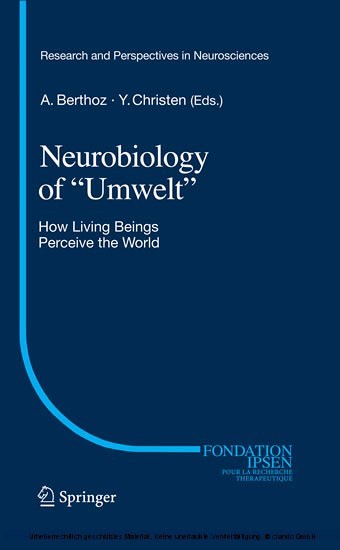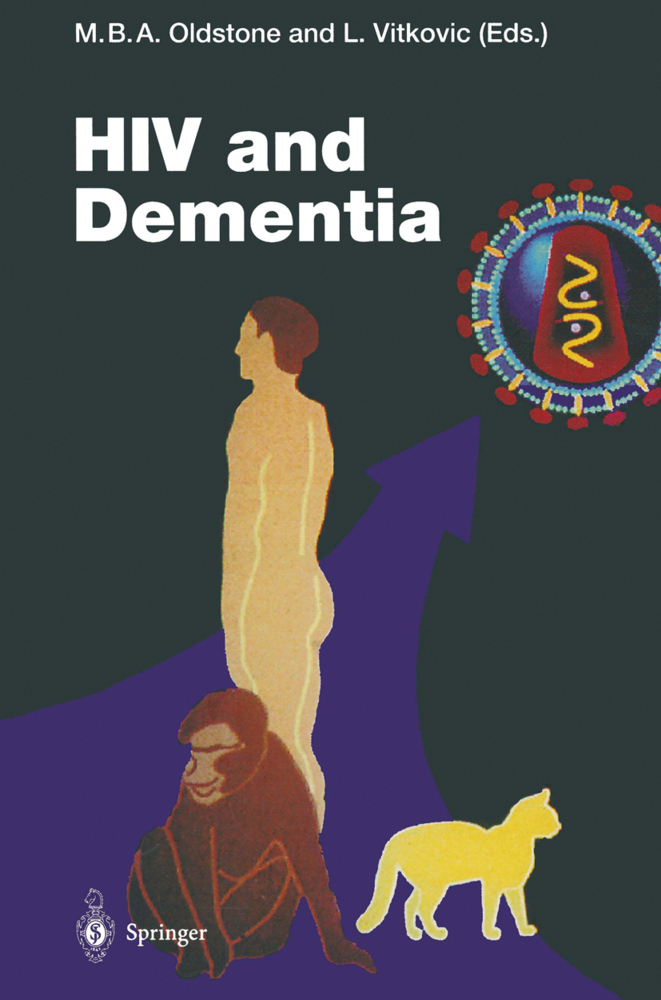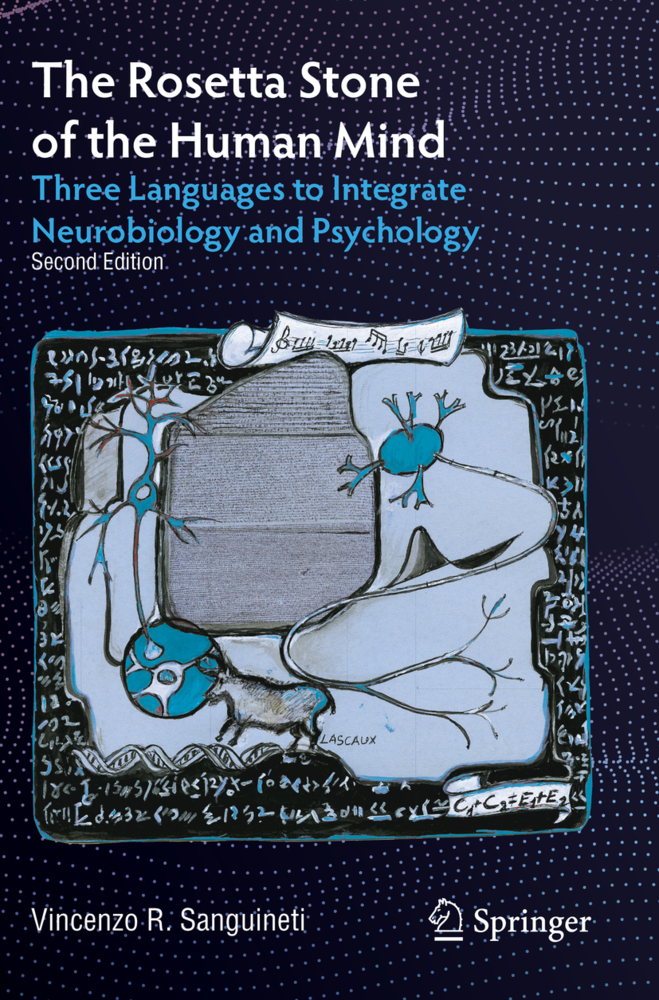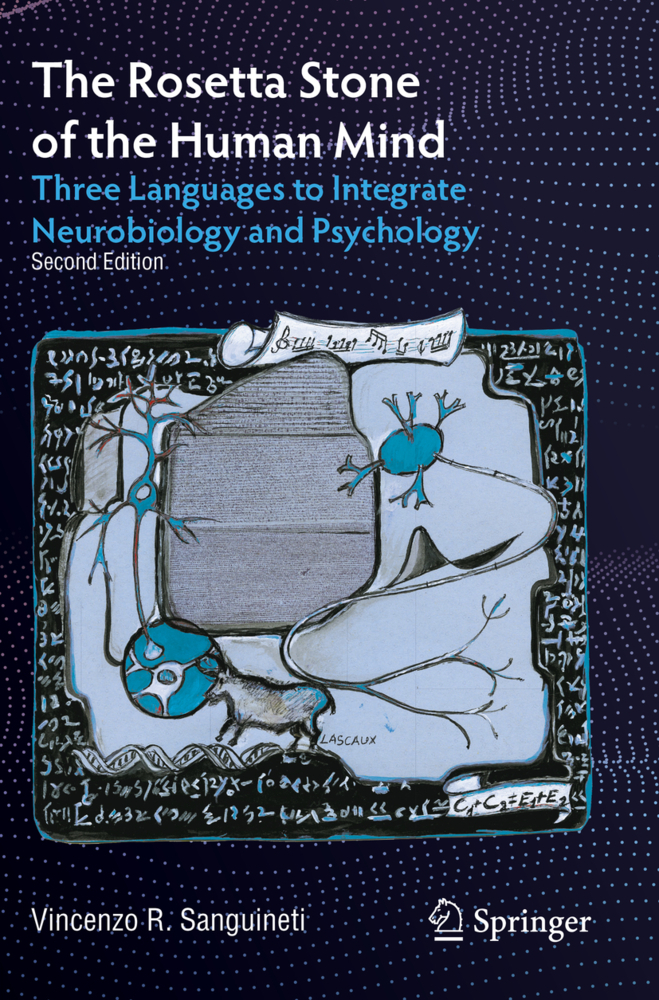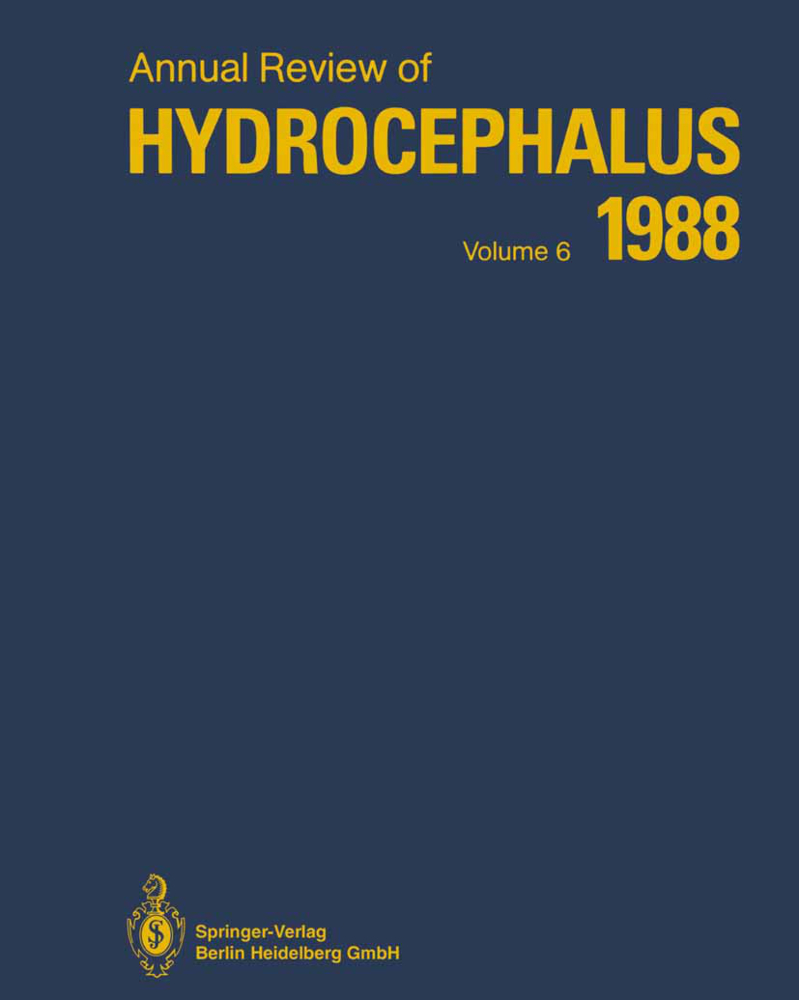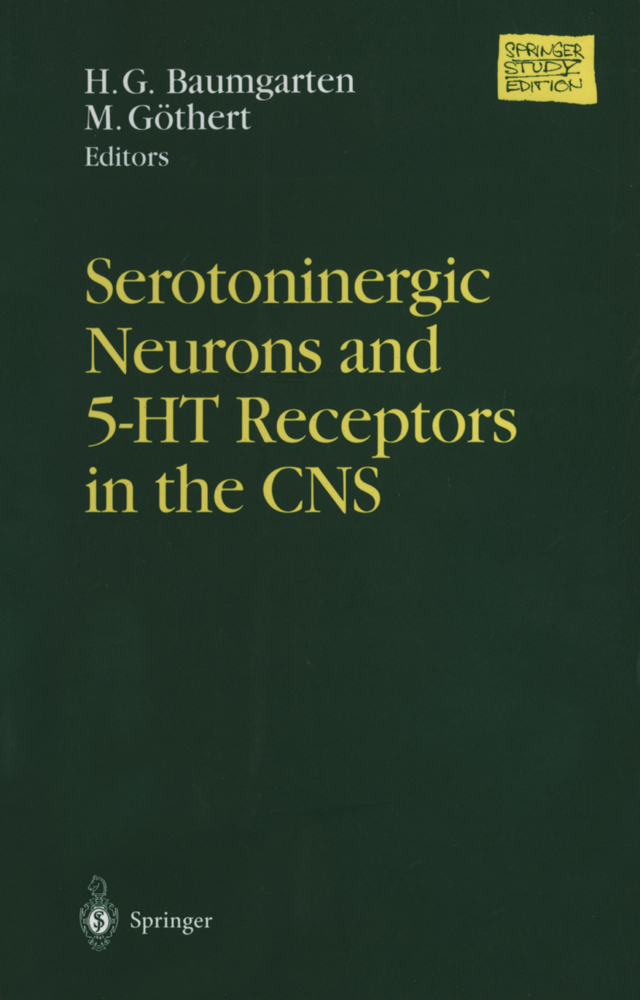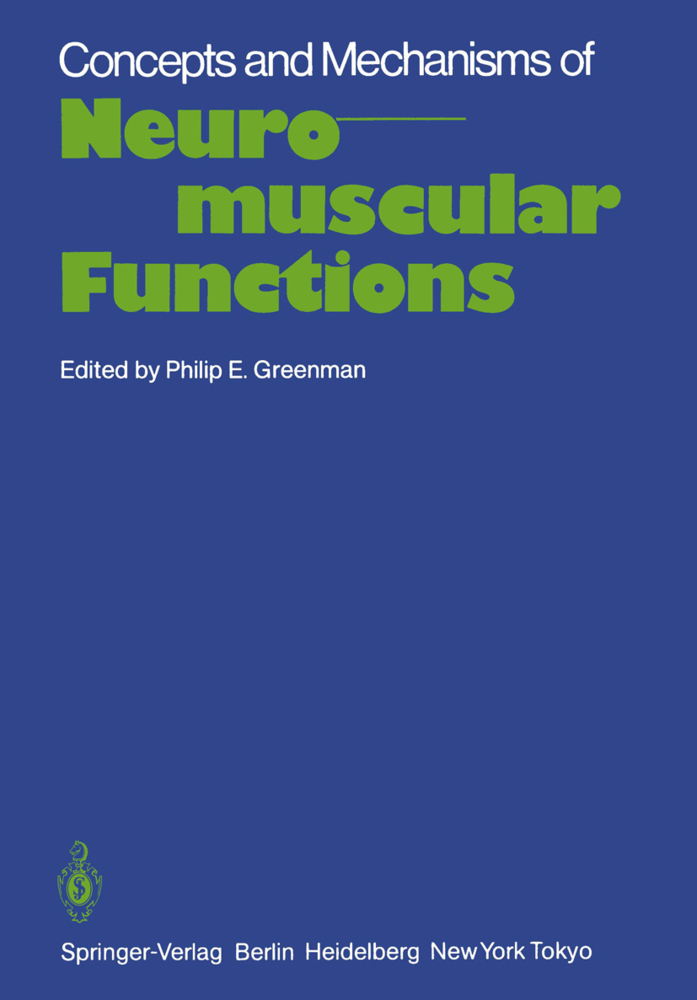Neurobiology of 'Umwelt'
How Living Beings Perceive the World
At the beginning of the 20th century, German biologist Jakob von Uexküll created the concept of "Umwelt" to denote the environment as experienced by a subject. This concept of environment differs from the idea of passive surroundings and is defined not just by physical surroundings, but is rather a "subjective universe", a space weighted with meaning. Based on this perspective, a living organism, no matter how basic (such as the tick studied by von Uexküll), created its own universe when it interacts with the world and as this same time the organism reshapes it.
Today, neuroscience provides a new way to look at the brain s capability to create a representation of the world. At the same time behavioural specialists are demonstrating that animals have a richer mental universe than previously known. Philosophical reflection thus finds itself with more experimental and objective data as well. Nearly a century after the publication of von Uexküll s founding work ( "Umwelt und Innenwelt der Tiere" was published in 1909), neurobiologists, psychologists, sociologists, anthropologists, ethologists, and philosophers revisit his mail concept at the light of modern science
Essentialist reasoning about the biological world
The human brain "projects" upon the world, simplifying principles and rules for perception
Umwelt: A psychomotor functional event
The brain s view of the world depends on what it has to know
The biology of variations in mammalian color vision
The evolution of social categories
What is the effect of affect on bonobo and chimpanzee problem solving?- Dogs (Canis familiaris) are adapted to receive human communication
What do jays know about other minds and other times?- Blind as a bat? The sensory basis of orientation and navigation at night
Point, line and counterpoint: from environment to fluid space
Subject Index.
Today, neuroscience provides a new way to look at the brain s capability to create a representation of the world. At the same time behavioural specialists are demonstrating that animals have a richer mental universe than previously known. Philosophical reflection thus finds itself with more experimental and objective data as well. Nearly a century after the publication of von Uexküll s founding work ( "Umwelt und Innenwelt der Tiere" was published in 1909), neurobiologists, psychologists, sociologists, anthropologists, ethologists, and philosophers revisit his mail concept at the light of modern science
Foreword
Anthropological physiology: von Uexküll, Portmann, BuytendijkEssentialist reasoning about the biological world
The human brain "projects" upon the world, simplifying principles and rules for perception
Umwelt: A psychomotor functional event
The brain s view of the world depends on what it has to know
The biology of variations in mammalian color vision
The evolution of social categories
What is the effect of affect on bonobo and chimpanzee problem solving?- Dogs (Canis familiaris) are adapted to receive human communication
What do jays know about other minds and other times?- Blind as a bat? The sensory basis of orientation and navigation at night
Point, line and counterpoint: from environment to fluid space
Subject Index.
Berthoz, Alain
| ISBN | 9783540858973 |
|---|---|
| Artikelnummer | 9783540858973 |
| Medientyp | E-Book - PDF |
| Copyrightjahr | 2008 |
| Verlag | Springer-Verlag |
| Umfang | 158 Seiten |
| Sprache | Englisch |
| Kopierschutz | Digitales Wasserzeichen |

